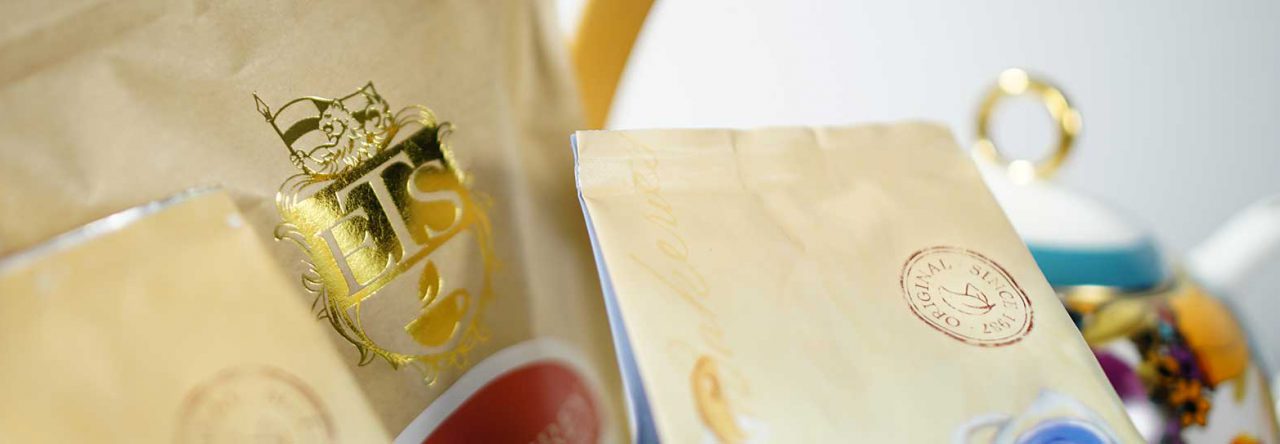What comes to mind when you think of drinking tea probably has a lot to do with how and where you were brought up. For those of us here in the United States “tea” is as likely as not to conjure up an image of a sweetened black preparation in a tall glass with ice cubes. If you’re from the United Kingdom, then tea is likely to be the black stuff again, but served hot and in a proper tea cup with sugar and milk or cream. If you’re from China then your preferred way of consuming tea may be a green, oolong or puerh variety prepared gongfu style in a gaiwan and served in little wee cups.

If you’re unfamiliar with the notion of drinking a cup of hot tea — often of the gunpowder variety of green — heavily sweetened with sugar and spiced up with a healthy dose of fresh mint leaves, then chances are you’ve never taken your tea in the style preferred in some parts of northern Africa.
According to one reliable source tea probably came to Morocco (and presumably other parts of north Africa) in the late seventeenth century, around the same time or not long after it was introduced to Europe. By the end of the eighteenth century it was still considered to be a rather rare luxury item there.
In 1793, William Lempriere, an English traveler to Morocco described tea preparation and consumption there as something that doesn’t differ appreciably from contemporary practice. His account found the native tea drinkers mixing green tea and mint with an herb called “tansey” and “a large portion of sugar.” All of this was steeped together in the pot and then decanted in “remarkably small cups of the best India china.”

Tea drinking in Morocco was a leisurely affair, according to Lempriere, with a session rarely wrapping up in less than two hours. He made several other references to tea in the course of his book and even noted that the “Emperor” of Morocco had a designated person whose responsibility it was to prepare him tea.
Nowadays Morocco is run by a king and prime minister rather than an “Emperor” or sultan, but a little bit of research is sufficient to reveal that the traditional style of tea preparation there and elsewhere in north Africa hasn’t changed much over the past few centuries.
© Online Stores, Inc., and The English Tea Store Blog, 2009-2014. Unauthorized use and/or duplication of this material without express and written permission from this article’s author and/or the blog’s owner is strictly prohibited. Excerpts and links may be used, provided that full and clear credit is given to Online Stores, Inc., and The English Tea Store Blog with appropriate and specific direction to the original content.



Leave a comment